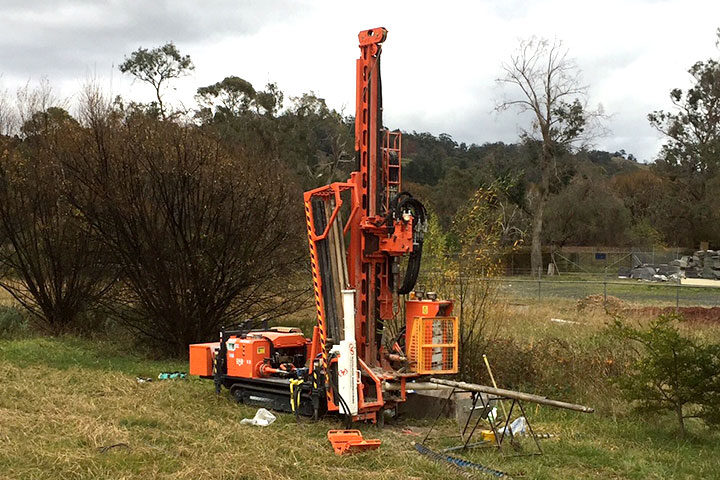
With great risk comes great reward. This quote applies to many walks of life. In particular, the drilling industry.
Drilling for natural resources such as water, diamond, and other minerals comes with a wide variety of challenges. There are a large number of potential hazards that can come from operating a drill site alone.
Add to that, the navigation of environmental laws and other bureaucratic procedures, and drilling can seem daunting.
One way to overcome some of these concerns is using a “greener” drilling method such as RC drilling. RC drilling can be a great method for drilling companies to achieve their objectives while still maintaining grade control.
Read on, and learn more about what RC drilling can do for your operation.
What Is RC Drilling?
RC drilling stands for reverse circulation drilling. This drilling method uses two hollow drills, and it allows for drill debris to be brought up to the surface with ease.
The main drilling mechanism is a pneumatic-powered device called a hammer. The hammer sends a stream of forced air down the hollow tube, which in turn, forces drilling debris up to the surface cleanly.
RC Drilling Advantages
The reverse circulation drilling process allows for faster, deeper drilling. Drilling penetration rates can reach speeds up to 250 m/sec. This makes retrieving samples faster, and also less labour-intensive. A driller doesn’t need to man the drill for as long as with other drilling methods.
RC drilling also delivers uncontaminated samples. As the drill bit cuts into the surface, drill debris travels up into the drill bit’s hollow inner tube.
This prevents your sample from being exposed to other areas of the drill hole, which prevents cross-contamination in your samples.
Effects on Grade Control
RC drilling is widely considered the best option for maintaining grade control. This is particularly true when it comes to open mine drilling operations.
This is because RC drilling can consistently produce samples that are free of contaminants.
RC drilling also helps with grade control because samples can be collected “in the drill” and then sent straight to the lab. There is no need for a middleman, or extra handling of samples, which also prevents contamination.
Fewer people handling core samples also make the entire drilling process more efficient. With samples travelling directly from site to lab, turnaround times are faster. This, in turn, lowers the costs associated with drilling/sampling operations.
Getting To The Core of It
When it’s all said and done, RC drilling is widely considered one of the most reliable systems for obtaining core samples.
The samples produced by RC drilling are uncontaminated and help to drill operations easily differentiate between minerals and waste rock. The reliability is unmatched.
In addition to the reliability, RC drilling can work on the roughest terrain and has a minimal environmental impact. It’s an easy choice for companies that are looking to maximise their drilling output and keep a watchful eye on their budget.
If you’d like to learn more about RC drilling, visit our website’s resources or contact BG Drilling directly. We would love to hear from you!



